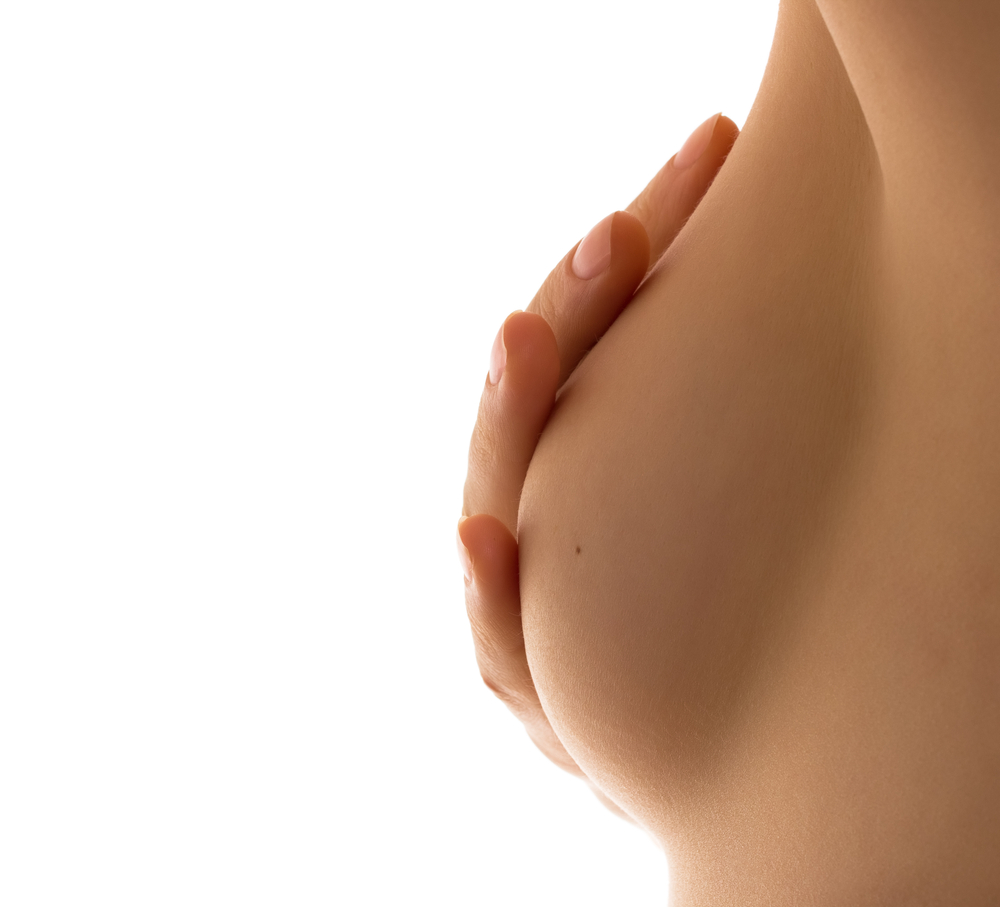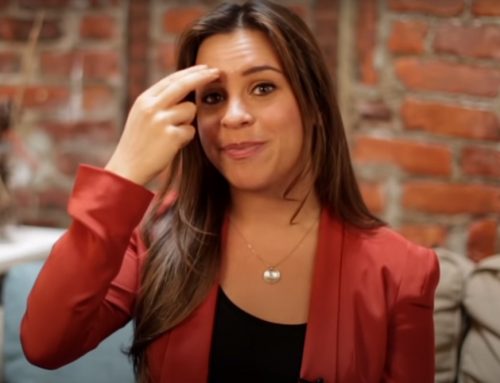By: Dr. Angelina Riopel, ND
Self-breast examinations are a very important part of self-care, as women need to know what normal is so they can detect changes in the quality of their breast tissue.
“Forty percent of diagnosed breast cancers are detected by women who feel a lump, so establishing a regular breast self-exam is very important.”
- John Hopkins medical center
WHAT ARE YOU LOOKING FOR?
“Normal” breast tissue will vary between women and change throughout the month due to the menstrual cycle. Note what your breast tissue feels like during the different stages of your cycle, as breast tissue is sensitive to hormonal fluctuations and can lead to breast tissue changes.
Important changes to note and if any of the following are observed please seek medical evaluation:
- New lumps. Most breast lumps are not cancerous but should be examined by a medical professional for evaluation.
- Changes, irritation or redness in the breast tissue, skin and nipple
- Dimpling or thickening of the breast skin
- Discharge from the nipple
HOW TO PERFORM A SELF-BREAST EXAM:
(According to the National Breast Cancer Foundation)
Breast exams should be performed monthly, for women over the age of 20 years.
1) In the Shower
Using the pads of your fingers, move around your entire breast in a circular pattern moving from the outside to the center, checking the entire breast and armpit area. Check both breasts each month feeling for any lump, thickening, or hardened knot. Notice any changes and get lumps evaluated by your healthcare provider.
2) In Front of a Mirror
Visually inspect your breasts with your arms at your sides. Next, raise your arms high overhead.
Look for any changes in the contour, any swelling, or dimpling of the skin, or changes in the nipples. Next, rest your palms on your hips and press firmly to flex your chest muscles. Left and right breasts will not exactly match—few women’s breasts do, so look for any dimpling, puckering, or changes, particularly on one side.
3) Lying Down
When lying down, the breast tissue spreads out evenly along the chest wall. Place a pillow under your right shoulder and your right arm behind your head. Using your left hand, move the pads of your fingers around your right breast gently in small circular motions covering the entire breast area and armpit.
Use light, medium, and firm pressure. Squeeze the nipple; check for discharge and lumps. Repeat these steps for your left breast.






